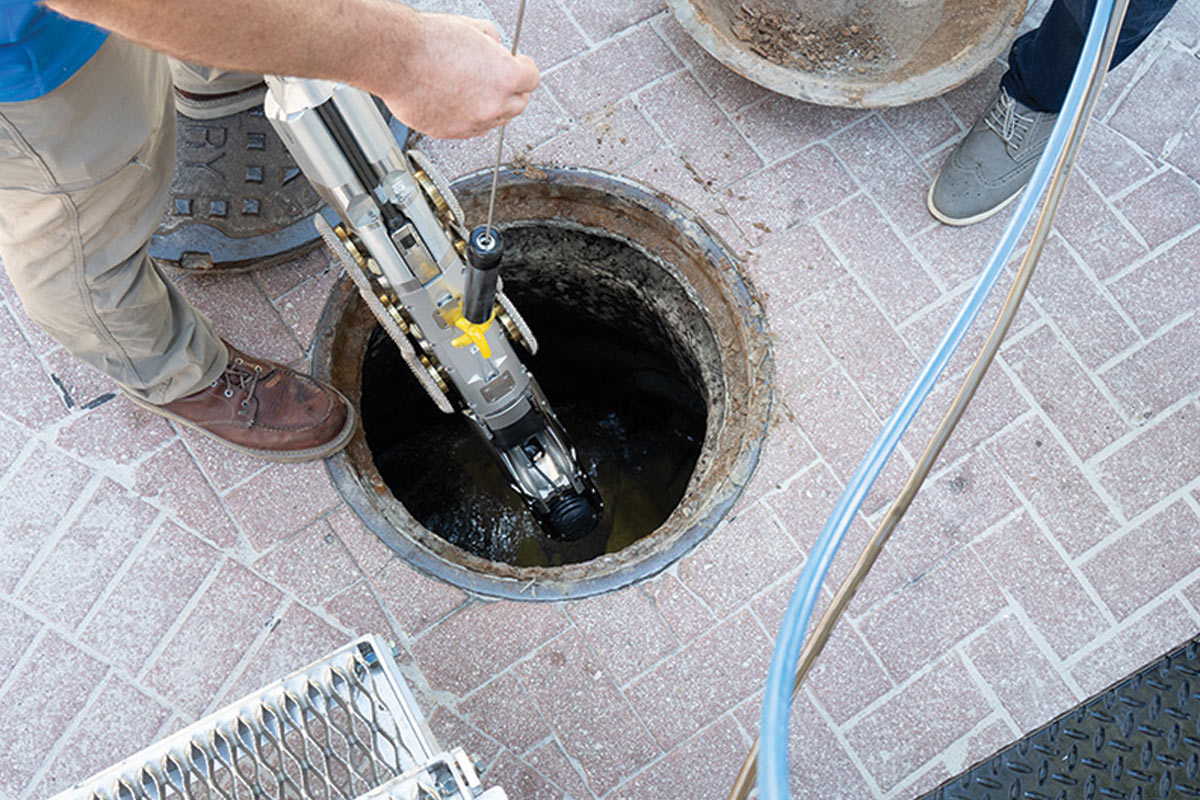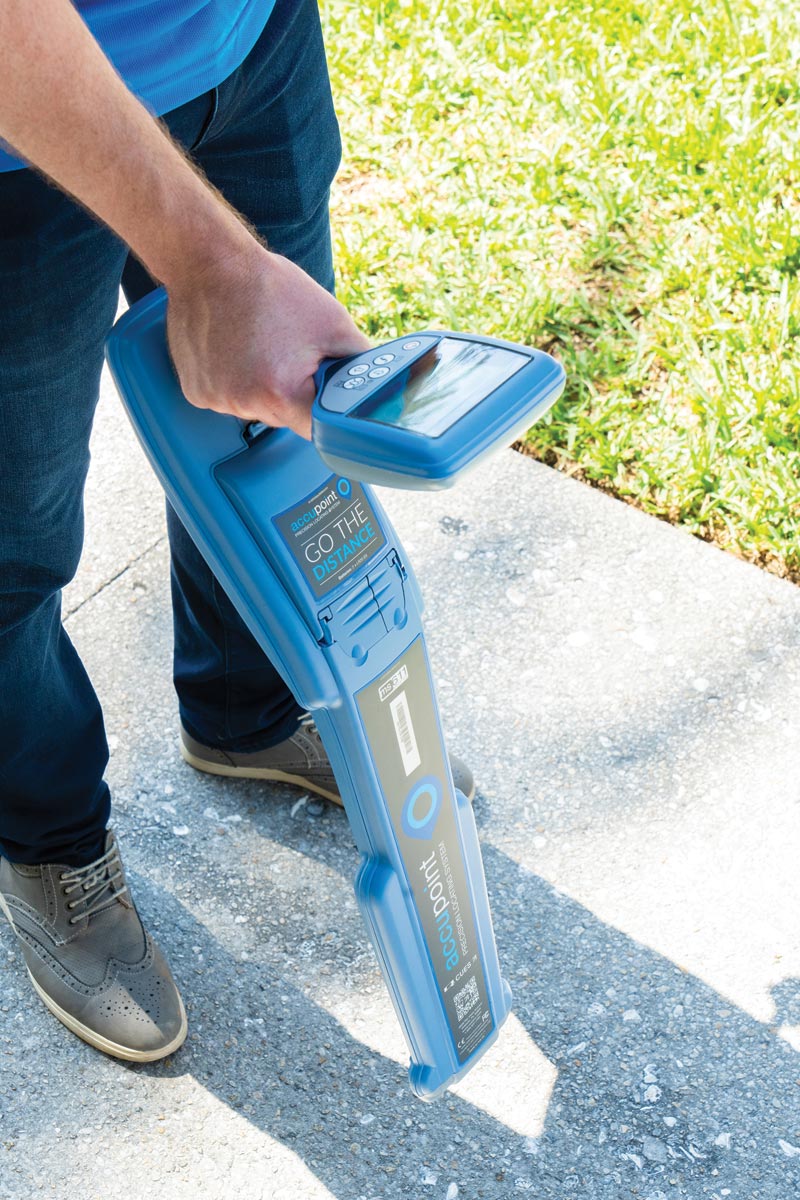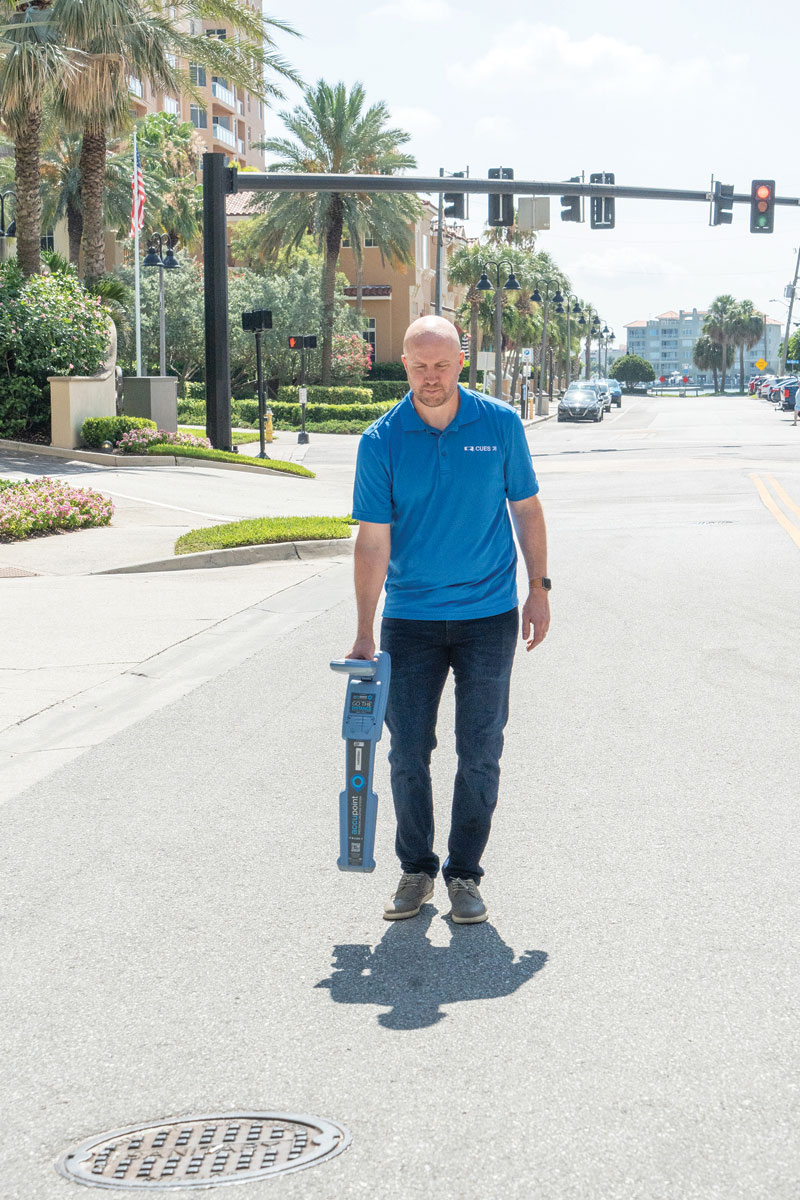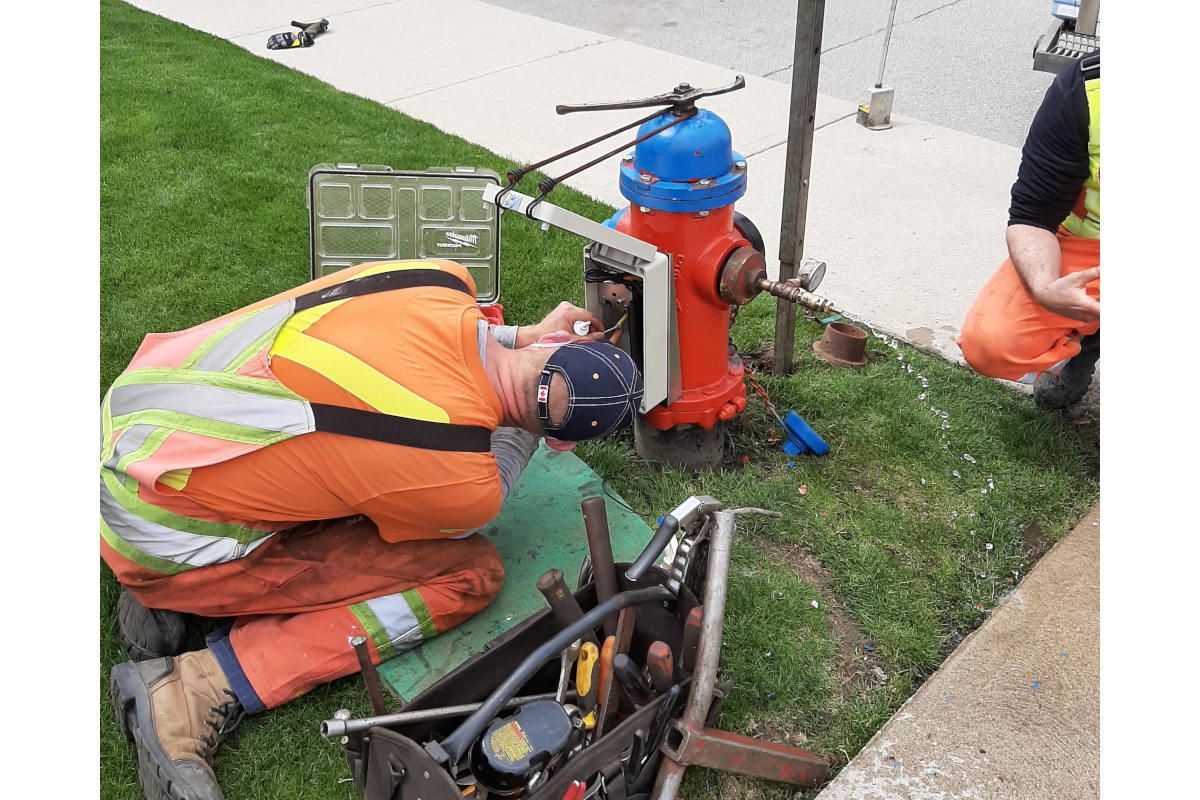
How To Safely Locate and Avoid Damaging Existing Utilities
Sewer and storm lateral rehabilitation is an effective way to manage infrastructure repairs. How can we ensure that the surrounding utilities are safe from damage?
Damaging buried infrastructure can lead to costly repairs, project delays, and even hazardous situations. Here are some valuable tips to help safely locate and avoid damaging utilities during lateral rehab projects.
Proper planning is the cornerstone of a safe rehabilitation project. Before initiating any work, consult with local utility companies to obtain utility maps and records. This will provide a baseline understanding of where existing lines are located. The national “Call Before You Dig” service is a nationwide program required by law in many states. Be sure to call them (811 in the U.S.) at least 48 to 72 hours before starting.

Traditional locating methods can sometimes leave gaps in accuracy. If utilities cannot be found, other location technologies should be utilized.
Consider using advanced technologies to pinpoint underground utilities and obstacles with precision. Ground penetrating radar (GPR) can detect metallic and nonmetallic structures like PVC or fiber optics. You can also use an electromagnetic locator to identify metallic utilities such as electrical cables, water and gas lines.
Another essential tool to use is a CCTV inspection camera to help confirm the exact location and condition of sewer laterals and connections. Inspecting the service connection with either a push camera or a lateral launching tool, will allow access to the lateral pipe from the mainline. The camera can help locate any visual damage as well as possible cross-bores in the pipe. Ensure you have a sonde activated on the camera to locate the area where the rehab work will be performed. A multi-frequency locator will be able to pick up a variety of sonde signals.
Utilities Located — Now What?
Once utilities are located and marked, the use vacuum excavation is a great way to expose utilities both known and unknown and get visual confirmation of the depth and location.
This non-invasive method is particularly useful for high-risk areas and is called potholing or daylighting. Use hand tools as much as possible when digging near utilities and work with your local experts to maintain a safe work site and minimize risk.
Even after using maps and technology, nothing replaces field verification. Physically mark utility locations on the jobsite using paint, flags, or stakes. This visual guidance ensures all crew members are aware of potential hazards.

Proper training is also essential for recognizing and responding to potential hazards. Equip your team with knowledge of utility colors and markings, as well as how to operate around underground assets safely. Ensure all personnel are familiar with reading utility maps, understanding locate marks, safe digging practices, and emergency response protocols if a utility is struck.
Once the project begins, continuous monitoring ensures any discrepancies or unexpected obstacles are addressed promptly. Use CCTV inspection equipment to track progress within the lateral and ensure utilities remain undisturbed.
Safely navigating existing utilities during lateral rehab requires a combination of planning, technology, and on-site diligence. By following these guidelines, you can minimize risks, protect underground infrastructure, and complete projects efficiently and safely.
Gillian Wilson is service manager in the Northwest, including the Dakotas, Alaska and Hawaii.




